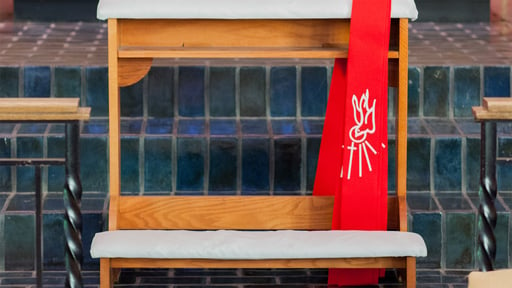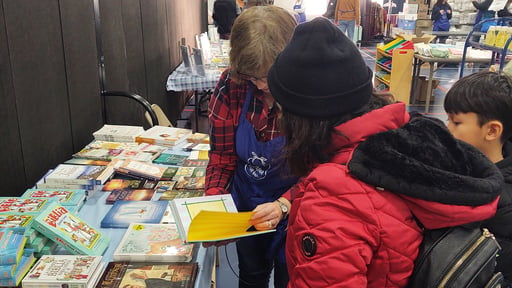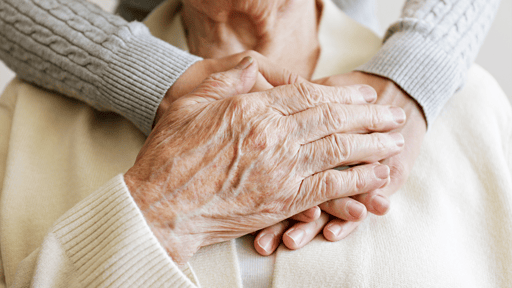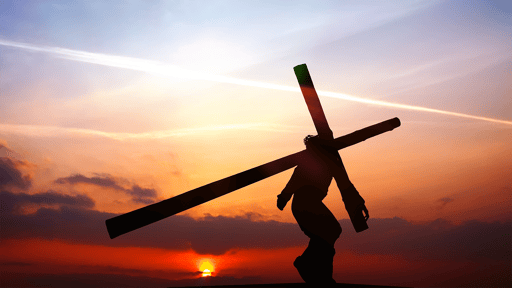We focus on the Gospel of the day with an excerpt from Concordia Commentary: Luke 9:51–24:53.
Scripture Readings
Acts 3:11–21
Psalm 4
1 John 3:1–7
Luke 24:36–49
Devotional Reading
A transformation is taking place within the Eleven and the other disciples. They are journeying from incomprehension and unbelief ([Luke] 24:11) to joyful worship of the risen Christ (24:52). The certainty of faith—which is the goal of catechesis, as announced in the prologue (1:4)—is now attained in Jesus’ appearances to his disciples after he rose from the dead. Faith comes from recognizing that the one who stands in their midst and greets them with peace is “I AM myself” (24:39). The two Emmaus disciples recognized Jesus through his catechesis on the road and in the breaking of the bread (24:31, 35). Now the risen Christ offers this same recognition to the rest of the disciples. (Christ had also appeared to Peter, as noted in 24:34.)
In 24:36–49, the catechesis (corresponding to the catechesis on the road for the Emmaus disciples) seems to come after the meal. But catechesis is present earlier in 24:35! “The church” (the Eleven and those gathered together with them in Jerusalem) are catechized by the Emmaus disciples, who “told what had happened on the road, and how he was known to them in the breaking of the bread.” (24:35). The Emmaus disciples are the first catechists after Jesus’ resurrection. They relate the narrative of Christ’s death and resurrection in fulfillment of the OT as they heard it from the risen Lord himself. Moreover, they relate how Jesus’ catechesis led to a meal at which they recognized the physical presence of the crucified and risen Lord. Their recital of Jesus’ teaching on the road and revelation at the table is the bridge between the two scenes (“these things” [24:36]). It is the catechesis that the Eleven and those with them need in preparation for their encounter with the risen Christ, who will eat fish at their table. Thus, as in the Emmaus narrative, here too catechesis does precede the meal where Christ is physically present among them.
Thus, Jesus eats before them to show that he is alive and that the body that appears before them is just like their body, with flesh and bones. It is the same body that was nailed to the cross after he was condemned in his trials for claiming to be “I AM.” This is the presence of the flesh of the crucified and risen Lord! In the eating of the fish, Jesus proclaims “peace” as the I AM in the house church gathered in Jerusalem. This is the same Lord who taught in their houses and ate at their tables. He suffered, died, and now has risen to abide among them. Jesus’ appearance in their Jerusalem house continues the table fellowship he shared with them throughout his ministry. The pattern for catechesis, liturgy, and mission in the house churches of the early Christian communities is reaffirmed here by Jesus. It is consistent with his earlier table fellowship with his disciples and his missionary instructions to them (9:1–6; 10:1–24). In house churches like these Jesus will continue to be present in his crucified and risen flesh in catechesis through the preaching of the scriptural kerygma—the Christological exposition of the OT—and in the breaking of the bread.
Devotional reading is adapted from Concordia Commentary: Luke 9:51–24:53, pages 1047–48 © 1997 Concordia Publishing House. All rights reserved.






.jpg?width=50&height=50&name=IMG_20220621_160541_456%20(1).jpg)






